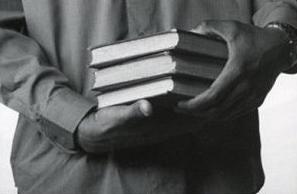 “Acting white” (1980s- ) is the idea that acting too much like white people is a bad idea. It is found particularly among Black American teenagers who use it as a put down. It takes in not just clothes and music but even speaking proper English and doing well at school!
“Acting white” (1980s- ) is the idea that acting too much like white people is a bad idea. It is found particularly among Black American teenagers who use it as a put down. It takes in not just clothes and music but even speaking proper English and doing well at school!
It has been the subject of several studies since the 1980s, particularly with a view to how it affects school performance. Black students overall underperform compared to whites to a troubling degree, so maybe this is why. The latest and probably the best study on acting white was done by Harvard professor Roland G. Fryer. It came out in 2006.
In 1999 Fryer asked students what were some of the ways you can act white. Among other things they said:
- speaking Standard English
- taking Advanced Placement or honours courses
- wearing clothes from the Gap or Abercrombie & Fitch (instead of Tommy Hilfiger or FUBU)
- wearing shorts in winter
Who wears shorts in the winter?
Fryer took the National Longitudinal Study of Adolescent Health (AdHealth) of 90,000 students and looked at how one’s race, grades, popularity and the sort of school one went to all affected each other.
Past studies asked students to rate their own popularity. Fryer did not trust that. Instead he looked at how many times a student was listed as a friend by other students.
He found that acting white was mainly an issue only at certain kinds of schools: at public (government-run) schools that were less than 80% black and where most people had at least one friend from another race. At the most integrated schools, inotherwords.
For whites at these schools the better your grades the more popular you were. For Hispanics it was the complete opposite! For blacks it was in the middle: your popularity only suffered if you got top marks. No word on Asian Americans.
Here is the chart that shows that. At the left are the D students, at the right the A students. It shows how your popularity rises and falls according grades for the three races (Hispanics count as a race in this case):
 For most people their popularity comes almost completely from within their own race. A drop in popularity is rarely made up by having more friends from other races.
For most people their popularity comes almost completely from within their own race. A drop in popularity is rarely made up by having more friends from other races.
Fryer sees three possible reasons for why acting white becomes such an issue:
- Oppositional culture: blacks teenagers, in trying to make sense of who they are as blacks, find the answer in being the opposite of whites.
- Crabs in a barrel: black society is so screwed up that it punishes those who try to succeed.
- Defence against brain drain: blacks are afraid of losing their best and brightest to white society so they punish those who seem to be moving in that direction.
Fryer says it is the last one: it is the only one that makes sense of why it seems to be an issue mainly at the most integrated schools – because there whites are a bigger threat to keeping blacks together.
See also:
- Why all the black kids sit together – based on Beverly Tatum’s book. She says it is an oppositional culture thing.
- growing up black
- Standard English and Ebonics
- Black IQ
- black reading scores
- The Wigger Fallacy
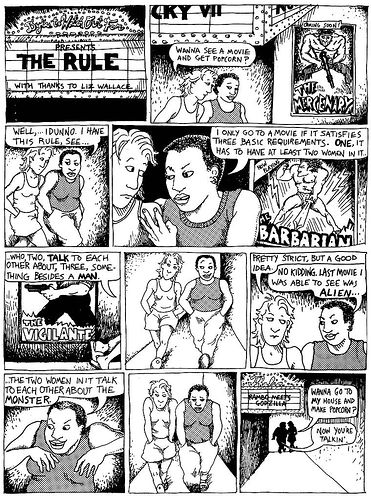
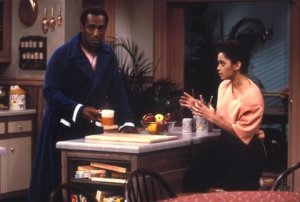
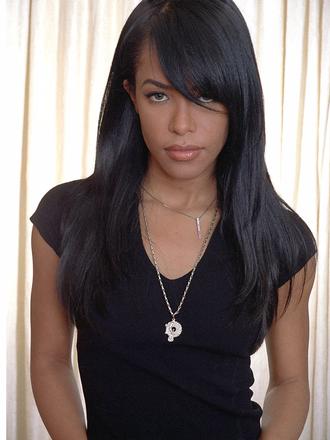





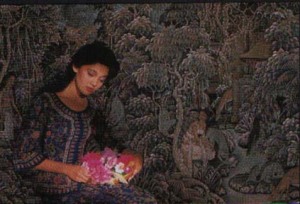


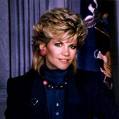
 The police are those who are charged with protecting citizens from crime. They can arrest those suspected of breaking the law and put them in jail. They carry out court decisions. They are allowed to use violence, even deadly force, to keep the peace and preserve public safety. They maintain law and order.
The police are those who are charged with protecting citizens from crime. They can arrest those suspected of breaking the law and put them in jail. They carry out court decisions. They are allowed to use violence, even deadly force, to keep the peace and preserve public safety. They maintain law and order.
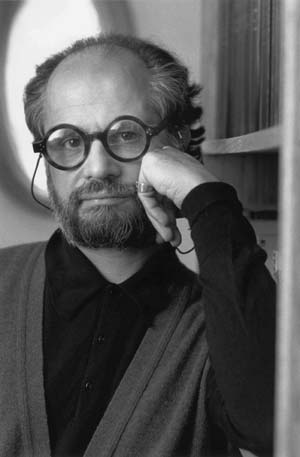 Homi K. Bhabha (1949- ) is a Harvard professor and one of the top postcolonialist thinkers. He wrote “Nation and Narration” (1990) and “The Location of Culture” (1994). Harvard was happy to get him, but some think he is just so much hot air.
Homi K. Bhabha (1949- ) is a Harvard professor and one of the top postcolonialist thinkers. He wrote “Nation and Narration” (1990) and “The Location of Culture” (1994). Harvard was happy to get him, but some think he is just so much hot air. June Jordan (1936-2002) was an American writer, poet and professor. And one of my favourite authors. By the 1990s she had become one of the top black women writers in the country. She was best known as a poet, though she wrote children’s books and essays too.
June Jordan (1936-2002) was an American writer, poet and professor. And one of my favourite authors. By the 1990s she had become one of the top black women writers in the country. She was best known as a poet, though she wrote children’s books and essays too.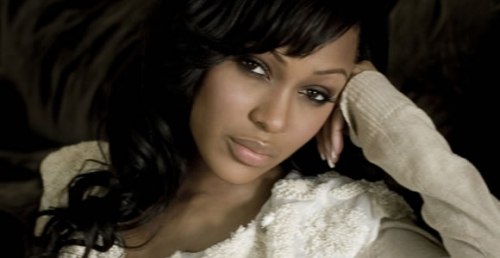
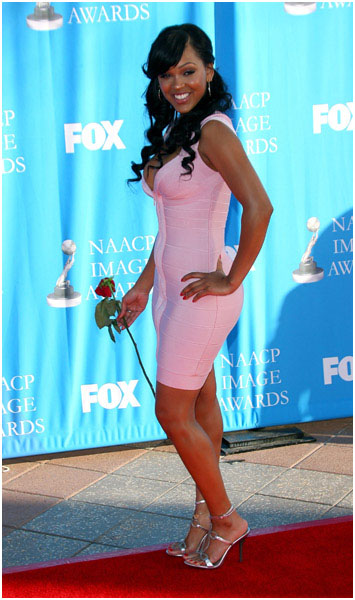 She is one of four children of a Los Angeles police officer, growing up in Canyon Country north of the city. She is part black, Cherokee Indian, Puerto Rican and Jewish. Her father’s father came from Barbados.
She is one of four children of a Los Angeles police officer, growing up in Canyon Country north of the city. She is part black, Cherokee Indian, Puerto Rican and Jewish. Her father’s father came from Barbados.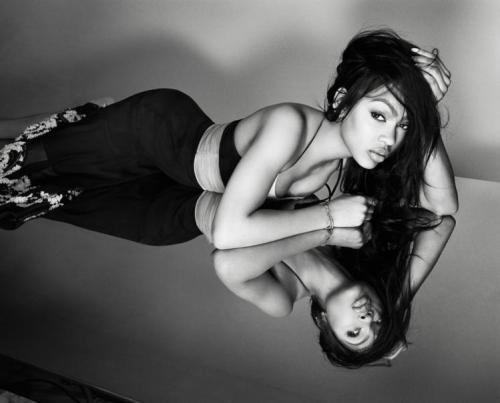


 Alek Wek (1977- ) is a supermodel from Sudan. She is known for being dark-skinned with very short hair. She was at her height from 1997 to 2004, though she models even now in her early 30s.
Alek Wek (1977- ) is a supermodel from Sudan. She is known for being dark-skinned with very short hair. She was at her height from 1997 to 2004, though she models even now in her early 30s.